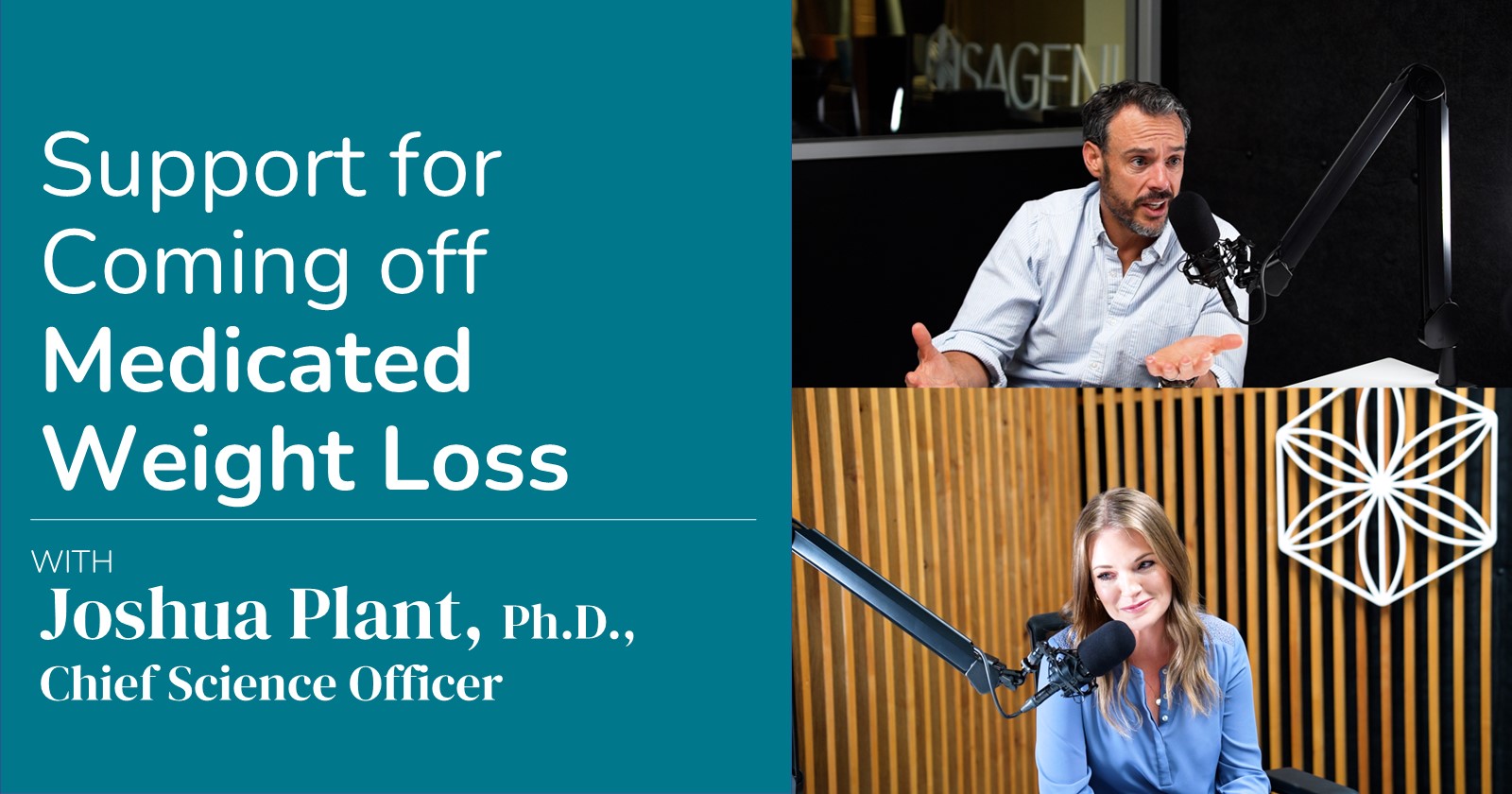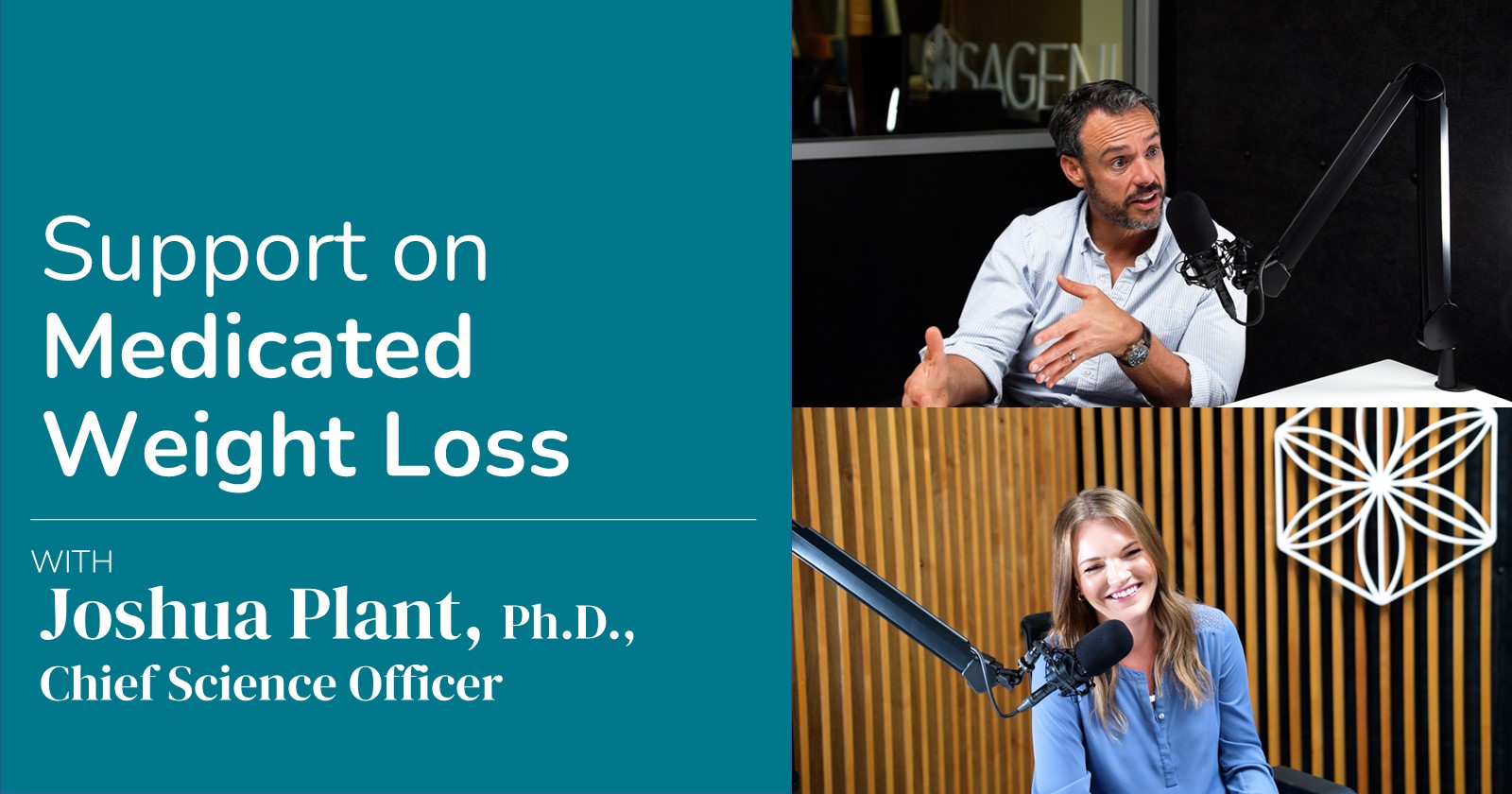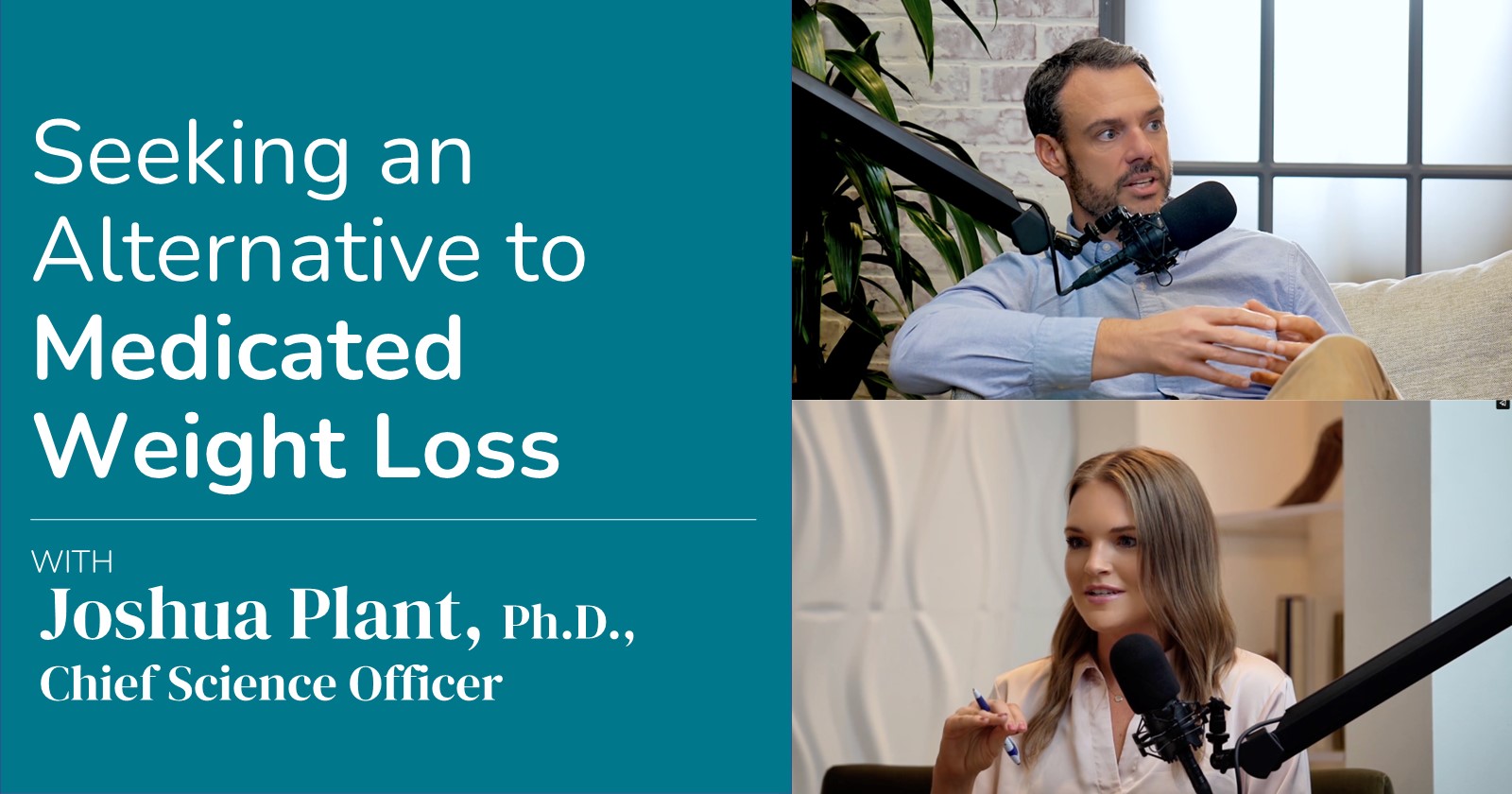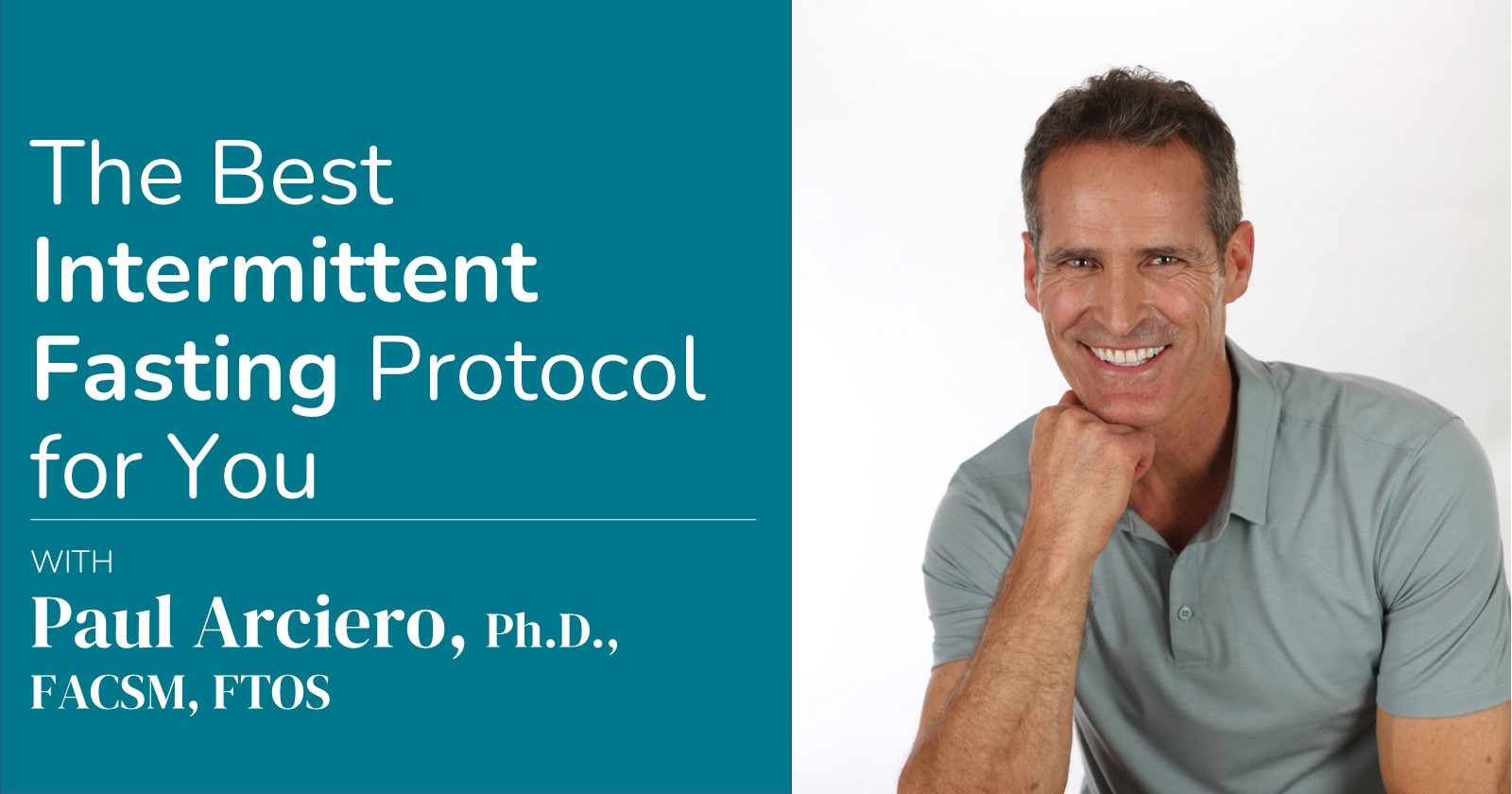One of the most motivating parts of weight loss is seeing the pounds drop every week, but while you’re celebrating little victories on the scale, you might be losing more than just unwanted weight.
The reality for effective weight loss is the need to have lower energy intake compared to total energy expenditure, usually for a prolonged period of time. As a result your body uses multiple tissues for fuel – not just fat.
During normal weight loss, it’s generally expected that you lose fat and lean body mass in a ratio of about 3 to 1, meaning 25 percent of the loss is not from body fat, but from tissues like muscle (1). If you decide to be more aggressive with your weight-loss program, the amount of lean body mass loss can increase even more drastically (2).
However, muscle is something you really want to keep. It plays an important role in the regulation of resting energy expenditure and metabolism and is the body’s primary site of glucose uptake, helping offset diseases like diabetes (3). The amount of energy you burn every day just resting, called resting energy expenditure, is strongly correlated to the amount of lean body mass you have. With resting energy expenditure representing 60 to 70 percent of your total energy expenditure, muscle is clearly important (4).
Muscle tissue acts as a fuel source and stores some fat and carbohydrates, but it’s mostly made up of proteins. Proteins are responsible for nearly every cellular task. They function to form enzymes, hormones, and tissues. Protein is essential to life and, if needed, muscle can be broken down to be used in other processes. Beyond keeping us healthier and elevating our metabolism, muscle also looks good.
Exercise will help you keep muscle during weight loss, but what you eat and when you eat can make a large impact. For this, we must look to protein.
Protecting Muscle During Weight Loss
Requirements for protein for the general population are defined by various agencies but generally appear in the range of 0.8 to 0.9 grams protein per kilograms daily. In Canada and the U.S. the recommended dietary allowance is defined as “the average daily intake level that is sufficient to meet the nutrient requirement of nearly all healthy individuals. “While minimal intakes of protein will sustain normal function for the body, those who are looking to optimize their lean body mass during weight loss will be at a loss (5).
Consumption of protein at higher-than-recommended levels has a number of potential advantages beyond lean mass retention during weight loss. They include a greater thermogenic effect upon consumption compared with carbohydrate and fat, a greater satiety response, and the potential for greater weight loss and, specifically, fat loss (3, 6, 7).
Research has shown that higher protein intakes of 25 to 35 percent of energy intake from protein can offset the muscle loss and also promote greater reductions of fat and total body mass compared with normal protein intakes of 12 to 15 percent of energy intake from protein (3, 8). This equates to roughly 20 to 40 grams of protein per meal.
For better quality weight loss, you’d want to promote fat loss and not indiscriminately lose weight. Losing too fast and not getting enough protein daily can lead to substantial muscle loss. But through protein pacing — with multiple high-quality protein meals per day — you’ll more effectively lose fat, not muscle.
References
- Weinheimer EM, Sands LP & Campbell WW. A systematic review of the separate and combined effects of energy restriction and exercise on fat-free mass in middle-aged and older adults: implications for sarcopenic obesity. Nutr Rev. 2010 Jul; 68(7):375-88.
- Chaston TB, Dixon JB & O’Brien PE. Changes in fat-free mass during significant weight loss: a systematic review. Int J Obes. 2007 May; 31(5):743-50.
- Wycherley TP, Moran LJ, Clifton PM, Noakes M & Brinkworth GD. Effects of energy-restricted high-protein, low-fat compared with standard-protein, low-fat diets: a meta-analysis of randomized controlled trials. Am J Clin Nutr. 2012 Dec; 96(6):1281-98.
- Ravussin E, Lillioja S, Anderson TE, Christin L & Bogardus C. Determinants of 24-hour energy expenditure in man. Methods and results using a respiratory chamber. J Clin Invest. 1986 Dec; 78(6):1568-78.
- Phillips SM. A Brief Review of Higher Dietary Protein Diets in Weight Loss: A Focus on Athletes. Sports Med. 2014; 44(Suppl 2): 149–153.
- Westerterp KR. Diet induced thermogenesis. Nutr Metab. 2004 Aug 18; 1(1):5.
- Halton TL & Hu FB. The effects of high protein diets on thermogenesis, satiety and weight loss: a critical review. J Am Coll Nutr. 2004 Oct; 23(5):373-85.
- Krieger JW, Sitren HS, Daniels MJ & Langkamp-Henken B. Effects of variation in protein and carbohydrate intake on body mass and composition during energy restriction: a meta-regression 1. Am J Clin Nutr. 2006 Feb; 83(2):260-74.





